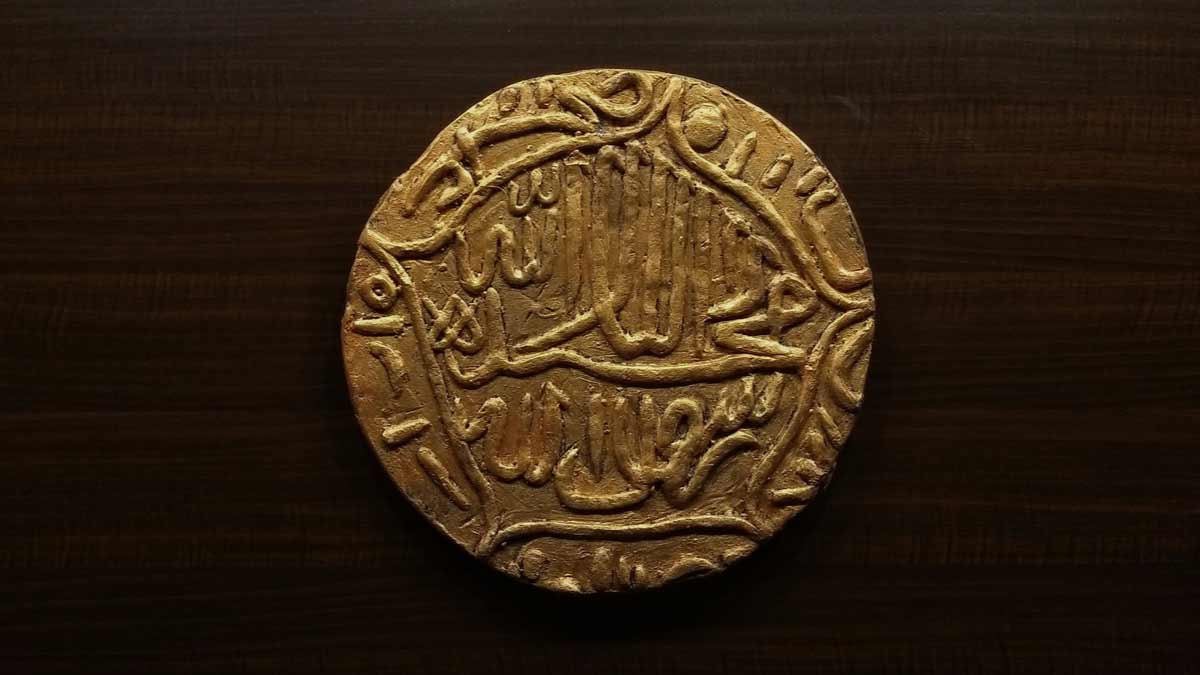Balancing Body

As early as the 10th century, Muslim physicians were treating eye diseases and even performing cataract surgery. Al-Mawsili, an Iraqi ophthalmologist and physician, designed a special needle to remove cataract by suction.
And, an amazingly complete textbook on eye disease ‘Notebook of the Oculist’ was written by Ali Ibn Isa also in the 10th century Baghdad. Ibn Isa’s valuable reference was based on the European knowledge of modern ophthalmology. (Al-Hassani, 2006)
Ibn al-Nafis, the Syrian Muslim scholar, described in a treatise written in 1210 AC the role of the heart and lung in blood purification and elaborated on Ibn-Sina’s description of the pulmonary circulation.
Ibn al-Nafis accurately described the anatomical structure of heart chambers and the fine structure of the circulatory system hundreds of years before Western discoveries.
Early Muslims also laid the foundation of modern-day pharmacology through the early work of Sabur ibn Sahl, Al-Razi and Ibn-Sina in the early 9th century. Later on, in the 11th century, Al-Biruni wrote his famous masterpiece ‘The Book of Pharmacology’ compiling amazing work on drugs and remedies.
Al-Zahrawi’s writings ‘Al-Tasrif’ (Dispensing) further taught methods of drug preparations and formulation starting from simple remedies all the way to complex compounding. (Al-Hassani, 2006)
The principal concepts embodying medicine as practiced during this period were based on the essential meaning of balance.
They presented the physician’s role as one of in balancing and harmonizing overall bodily functions while restoring health and healing on the physical, emotional, mental and spiritual planes.
I Physical ailments were thought to arise mainly as a result of the accumulation of excess waste substance in the body.
Overeating, improper food choice and other unhealthy habits were regarded as the source of the accumulated morbid matter, and a disease’s symptoms appear when the digestive process becomes overwhelmed. (Al-Jauziyah, 2003)
More importantly, however, it was the fundamental belief of a Muslim physician that the physical body should never be the sole interest of the physician. It is the Ruh, or soul, which gives this body its vitality and true essence. (Nagamia, 1998) It was thus essential for a Muslim physician to be well aware of the diseases of the heart and soul and how to treat them along with managing physical symptoms.
Pages: 1 2 3
